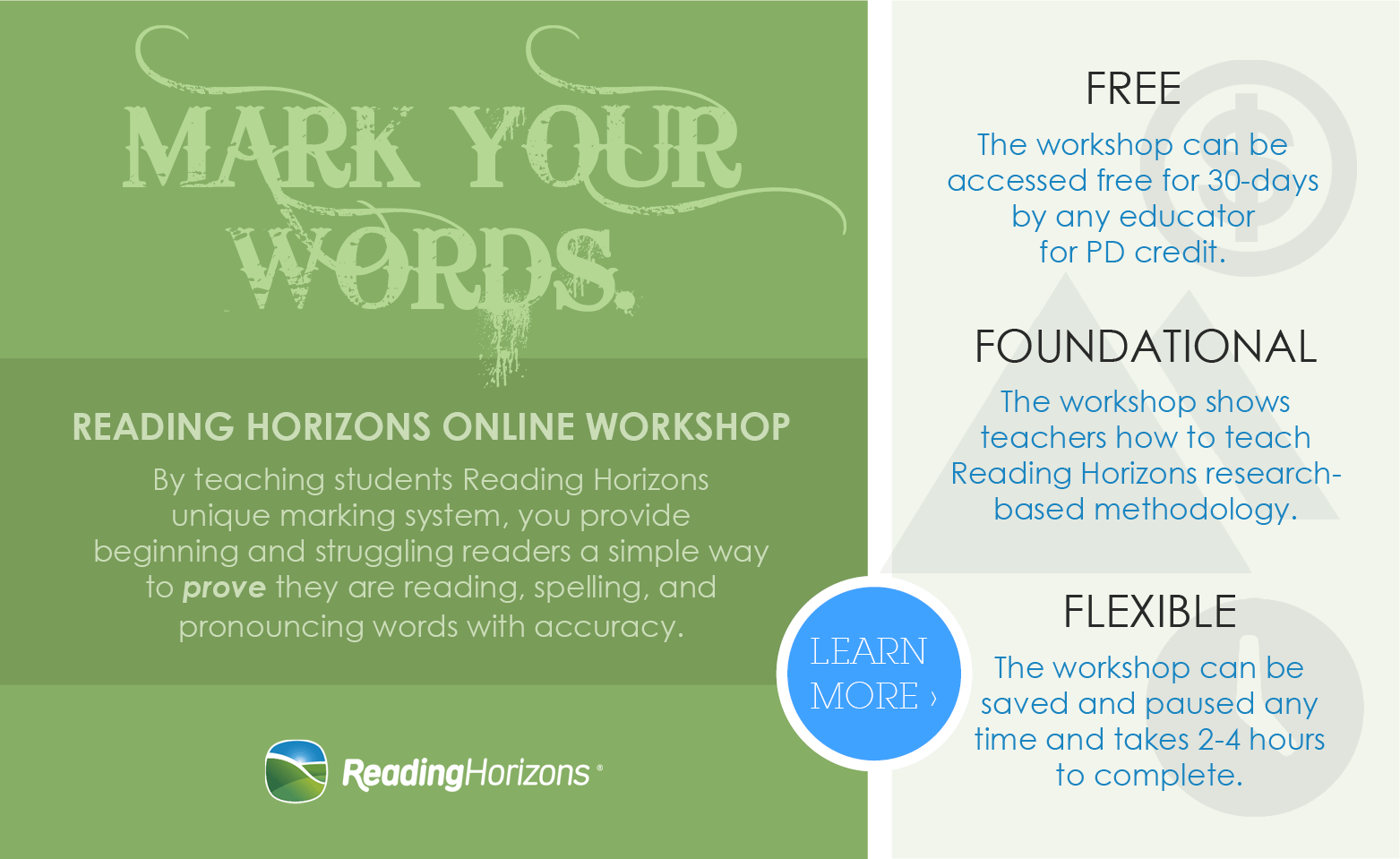3 Key Factors that Contribute to the Literacy Deficit
With all the talk in the news about politics and education, it’s good to look at what is really going on in regards to education and literacy:

These statistics expose serious economic consequences for individuals, state governments, and the nation.
In order to address these issues, we must first understand what is creating this great literacy deficit. There are three key contributors:
- The presence of learning disabilities.
- The fact that reading is a declining activity among teenagers and adults.
- Secondary teachers receive limited training in adolescent literacy instruction. Each factor is discussed in more detail below.
Learning Disabilities
Learning disabilities are common sources of reading problems. The most common and carefully studied learning disability is dyslexia, which affects five to 17 percent of the school-aged population, and affects 80 percent of individuals who are characterized as having a learning disability (Shaywitz & Shaywitz, 2001). Dyslexia affects reader’s ability to convert visual information into sounds, which makes it difficult to decode words and identify them. Fortunately, research has shown that the brain can be “rewired” to learn these relationships with intensive phonics training (Shaywitz, S., 2003).
It is important to identify and address these deficits. Shaywitz & Shaywitz (2001) assert that “both dyslexic and non-impaired readers improve their reading scores as they get older, but studies show that the gap between the dyslexic and the non-impaired readers remains” (p. 3). In addition, Archer, et. al. (2003) report that, “74% of students identified with reading disabilities in third grade continue to have significant reading challenges in ninth grade (p. 89),” which illustrates the importance of providing appropriate reading intervention in intensive, systematic phonics training to struggling readers.
Reading Rates
A second contributing factor to low literacy skills is the fact that reading is declining as an activity among teenagers. Less than one-third of 13-year-olds in America read daily, and fifteen- to 24-year-olds spend 7-10 minutes a day reading voluntarily (NEA, 2007). When reading does occur, it often competes with other forms of media, which suggests “less focused engagement with a text” (p. 10). Struggling readers are less often engaged in text because they are less motivated to read (Snow, Burns, & Griffin, 1998). Consequently, as the complexity of text increases, students fall further behind.
Teacher Training
A third factor that contributes to the challenges of appropriately addressing adolescent literacy deficits is the fact that secondary teachers receive limited training in adolescent literacy instruction. All secondary teachers are not expected to be trained in teaching foundational literacy skills; however, if content teachers were familiar with some of the literacy strategies used by the reading specialist or special education teacher, they could pre-teach difficult vocabulary and their class could decode difficult words together (NIFL, 2008). In addition, secondary teachers are often frustrated that remediation services are less available and less effective for their struggling adolescent students than they are for struggling young readers and that fewer resources are directed to secondary schools for literacy. Reading and literacy specialists, administrators, and teachers are all important resources to systematically address struggling readers’ needs (NIFL, 2008).
Conclusion
In order to improve education and build a more literate nation, teachers must be trained to teach reading to students with learning disabilities and learn how to teach foundational literacy skills. As teachers learn how to remediate reading difficulties, struggling students will be more motivated to read because it will be less taxing. Teachers also need to help students discover texts that relate to their interests and match their reading level.
This post was adapted from an article on Heidi Hyte’s blog, ESLtrail.com
